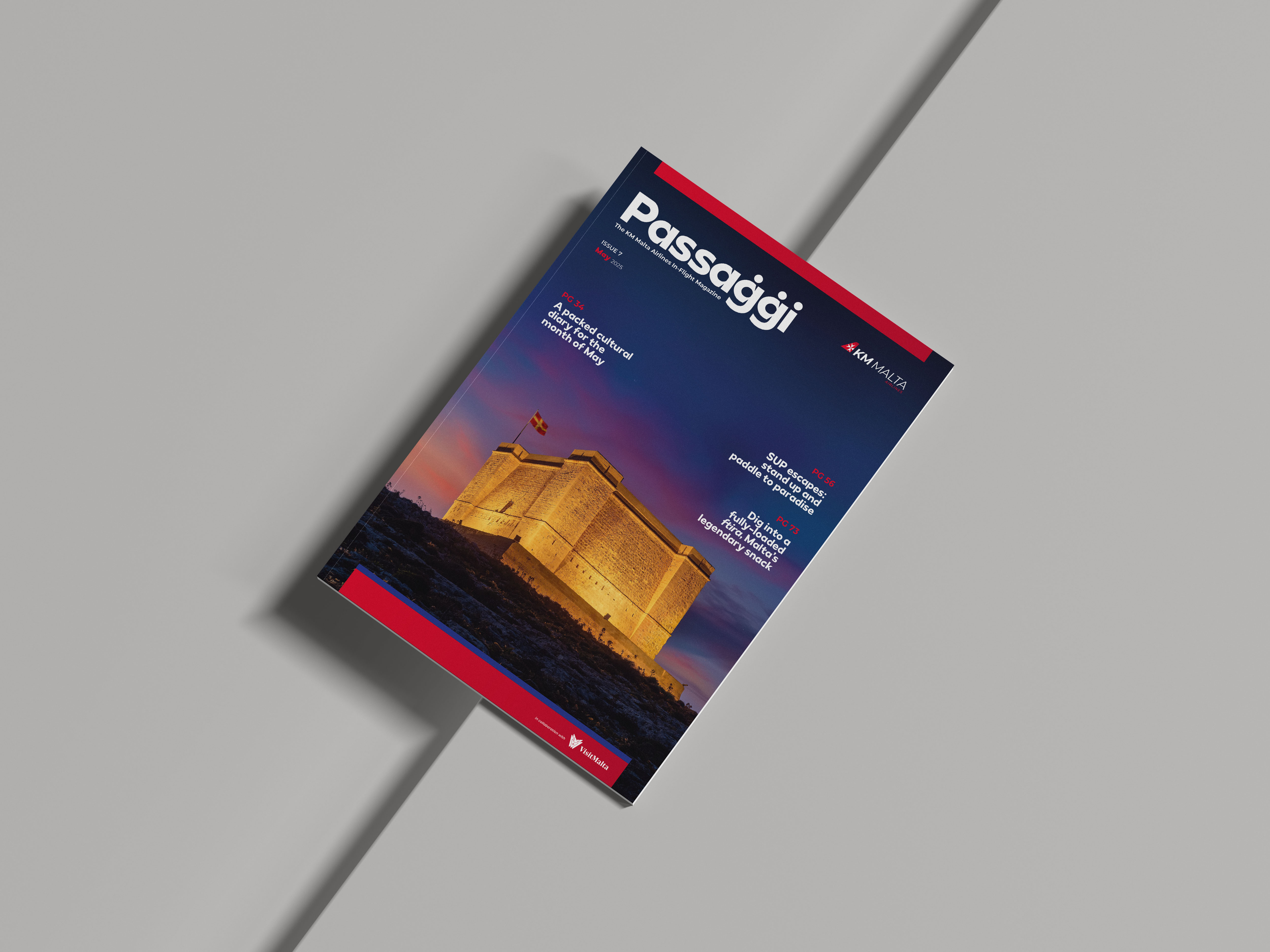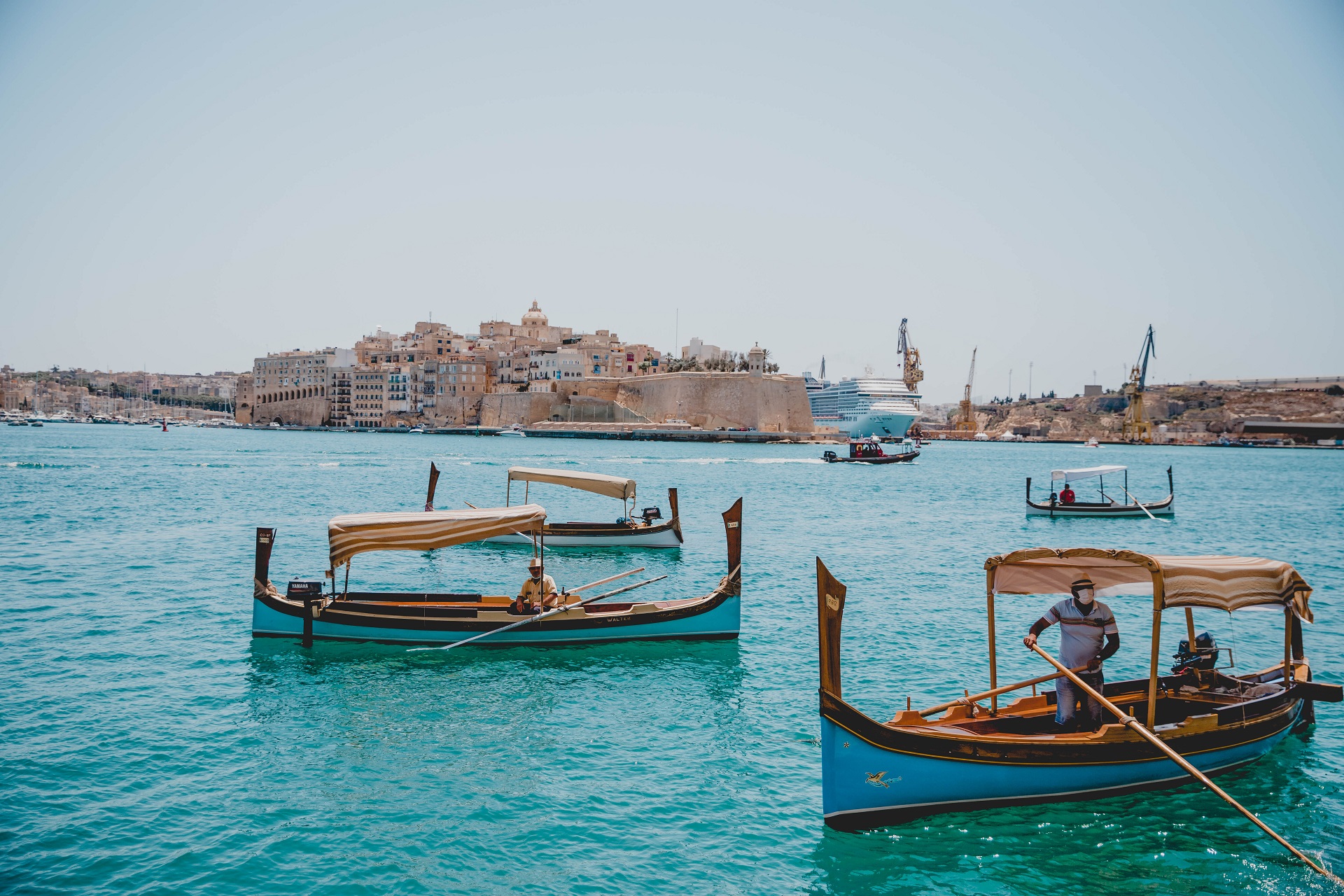
Home to the tasty fenkata and sweet Festa Frawli
Words by Dean Muscat
Find out more, through the eyes of a proud Mġarri, about this out-of-the-way locality that hasn’t quite succumbed to the tides of modernity and is home to the tasty fenkata, sweet Festa Frawli and other cherished traditions. It’s funny how even on an island as small as Malta some localities still feel like they’re tucked away from it all. As soon as you leave the rush of the Mosta bypass and drive down the road that slopes toward Mġarr’s village core, you feel the change.
The Parish Church of the Assumption greets you with its open parvis looking out onto rolling emerald hills and farmland. Suddenly, the island’s busyness fades into the background and is replaced by an altogether more unhurried pace of life. I usually find myself in Mġarr a couple of times a year, typically for one thing: a fenkata. The village is practically synonymous with this Maltese delicacy of rabbit slow cooked in wine, garlic and herbs, served with chunky chips and roasted veg. But today, I’m here for something different. I’m meeting Mario Vassallo, a local historian, former baker, farmer and proud Mġarri, whose family roots run deep in these parts, to find out more about this village that hasn’t quite succumbed to the tides of modernity.
Still, whether it’s because I skipped breakfast or it’s some deep-seated Pavlovian conditioning, I can’t quite shake the thought of rabbit, even though it’s barely nine in the morning. So, that’s where I choose to start my line of enquiry with Mario; to learn why Mġarr is so tied to the tradition of the fenkata. Turns out, the village’s out-of-the-way location has something to do with it.
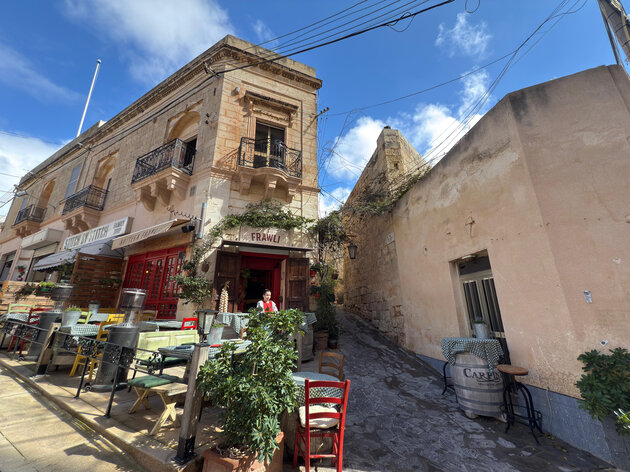
“You have to go back to after World War II,” he begins. “There was very limited public transport; barely any cars on the island. The only people who came to Mġarr were merchants and butchers, buying fruit, vegetables and meat straight from the farmers here. They’d travel by horse and cart, and they’d be here for the better part of the day. Naturally, they got hungry. Some would ask the baker to make them ħobż biż-żejt; others would set aside a rabbit from their haul and ask someone to cook it up for them on the spot.” And that’s how it all started. Families became popular for their rabbit recipes, and over time, some even opened small restaurants. These days, family-run spots have grown into a cluster of busy eateries around the parish church, serving not just rabbit but other local staples like horse meat and bebbux (snails). “Mġarr’s never been more popular,” Mario says. “Stop by any day of the week, and the restaurants always seem to be packed.”
Mġarr’s farming community has had a hand in other village traditions too. One of the most unique customs in Malta happens here every year, where a special offering gives donors the right to carry the statue of Santa Marija during the feast. “The village became a parish in 1898,” Mario tells me. “Back then, the majority of the 1,000 or so residents were farmers, and they asked their parish priest, Kapillan Ġlormu Chetcuti, to build them a church.” Funds were tight, but they raised enough. Then in 1921, when there was no money for a titular statue, 13 farmers stepped forward with a proposal to cover the cost – if they’d get to carry it in the upcoming feast.
The priest agreed, and the statue was duly ordered from Marseille for the princely sum of Lm170 (€395), arriving in April 1922. “It was a phenomenal amount for men who earned just a few cents a day, but somehow, they managed.” The following year, another group covered the remaining debt on the statue in exchange for carrying rights, and so the tradition stuck. Now, on Mġarr’s feast day, which takes place on the first Sunday after 15th August, hundreds gather in the village piazza as groups make their offering for the honour. Whoever gives the biggest donation gets to shoulder the statue through the streets. “Often this tradition is misunderstood as some sort of bidding war. But it was a way for farmers to thank God, for their health, their livestock, their harvest,” Mario explains. And it still is. In fact, till this day, many make their offering as a wegħda, or a vow, to Holy Mary, praying for a loved one’s healing or giving thanks for past blessings. And as Mario points out, even though the highest donors get the honour of carrying the statue, there’s a moment in the procession where they step aside, letting others take a turn too.
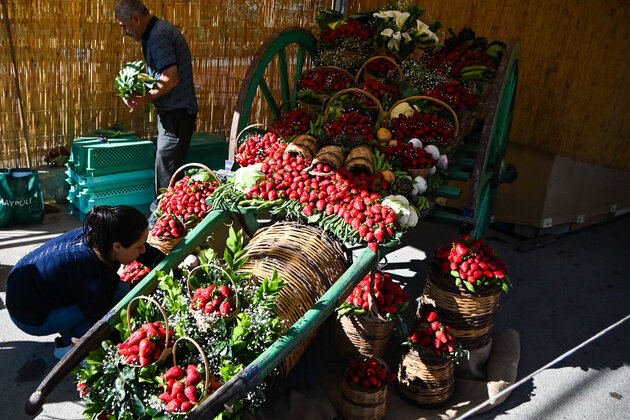
Talking to Mario, it’s clear that the Mġarrin are quite a self-sufficient bunch. If something needs doing, they tend to get together to sort it out themselves. Take their feast, for example. Wanting to extend the celebrations and raise more funds to keep traditions alive, they launched Lejla Mġarrija (Mġarr night) in 1980, a village festival showcasing local produce. “At one point, it was even more popular than L-Imnarja,” Mario says, referring to the annual harvest festival in Buskett woodlands.
Then, when interest waned in the early 2000s, the village committee came up with a fresh idea, turning the event into a celebration of one of its most beloved crops: frawli (strawberries). “Strawberries have a long history in Mġarr. I remember as a boy, we grew a Maltese variety no bigger than a caper, but it was incredibly sweet. Over time, this local variety died out as imported strawberries took over, which were easier to grow throughout the year and larger in size. And as the Maltese say, l-ewwel ma tiekol l-għajn (the eye eats first).”
Today, the annual Festa Frawli draws thousands each year, with stalls serving up fresh strawberries and all sorts of strawberry-based treats, from sorbets and ice creams to cakes, pastries and more, all made from some 12 tons of strawberries grown by Mġarr’s farmers. As my time with Mario comes to an end, he walks me to my car, parked beneath the church, right where those sweeping farmland views steal your attention. Nearby, a group of kids are on a treasure hunt, huddled over a clue. One of them spots Mario and lights up. “Look, there’s Mario! He’ll know, he knows everything about Mġarr!”
I smile as I say my goodbyes, hoping there’ll always be people like Mario keeping these small, everyday histories from slipping away.
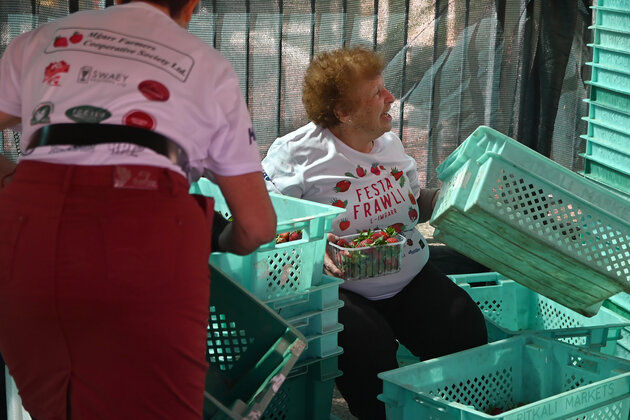
PASSAGGI SUGGEST
Hiking through the Mġarr countryside leads to a treasure trove of natural beauty and off-the-beaten-track wonders.
> Skorba Temples: Explore the megalithic remains offering a glimpse into Malta’s Neolithic past.
> Victoria Lines: Follow the waymarkers past Castello Zamittello to a 12km stretch of historic fortifications.
> Fomm ir-Riħ: Walk along dramatic cliffs, with breathtaking views over a secluded pebble beach.
> Għajn Tuffieħa: Make your way to this stunning sandy beach, famous for its striking red hues.
> Binġemma Tombs: Discover an ancient burial site in the valley with chambers carved into the rock.
THE LEGEND OF CASTELLO ZAMITTELLO
On the outskirts of Mġarr stands Castello Zamittello, built in 1675 and linked to a local legend. The tale goes that a wealthy baron wanted his daughter, Luċija, to marry the son of a Sicilian nobleman to secure the family fortune. But on the wedding day, as celebrations filled the streets, Luċija was nowhere to be found, with many believing she was kidnapped by pirates. Years later, the church bells rang mysteriously. Villagers rushed inside to find a glowing apparition at the altar. It was Luċija, who revealed she had fled home to become a nun, where she nursed soldiers on the battlefield until she was killed by a wayward arrow. With her story told, she vanished.
